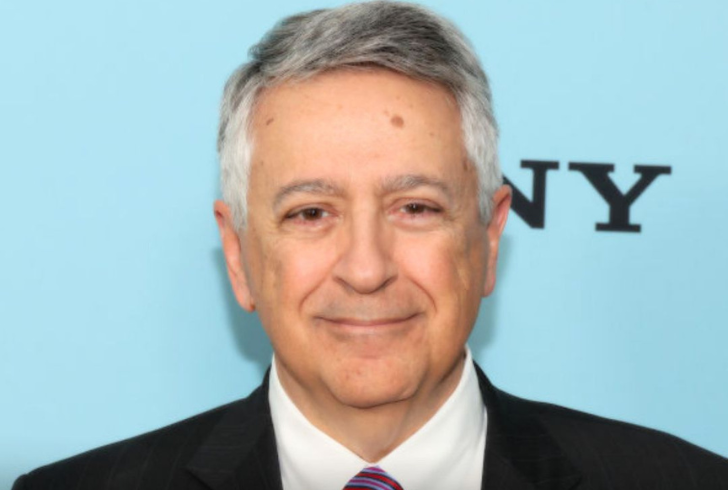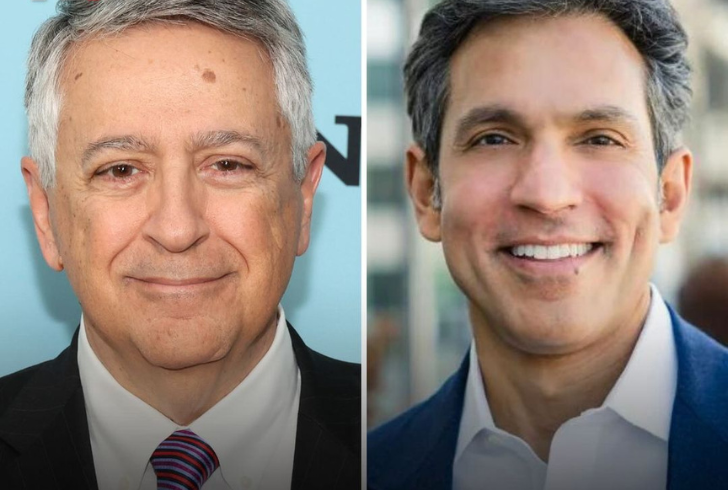Tony Vinciquerra, the CEO of Sony Pictures Entertainment (SPE), has made a lasting mark on the company’s 100-year history. As he prepares to step down in January, Vinciquerra’s leadership has redefined SPE, especially during an era of seismic shifts in the entertainment industry.
From navigating the rise of streaming to weathering global challenges like the COVID-19 pandemic, Vinciquerra’s tenure has been transformative. His ability to reshape SPE without jumping into the crowded streaming market shows his unique approach to the business.
Vinciquerra’s Strategic Vision for Sony Pictures
Vinciquerra, who took over as CEO in 2017, was quick to position Sony Pictures for the future. While many rival studios rushed to launch their own streaming services, Vinciquerra took a different path. He decided not to compete in the saturated general entertainment streaming space.
Instead, Sony embraced the strategy of becoming an “arms dealer” on streaming platforms. The studio focused on producing high-quality content for others rather than creating its own platform.
One of his early decisions was to sell off Crackle, Sony’s struggling streaming service. He recognized the financial risks and opted to focus on content creation, which has proven successful. “We didn’t dive into the streaming game without a solid plan like others. Instead, we chose to provide content, which has paid off,” Vinciquerra shared.

Expanding the Anime Market With Crunchyroll
Vinciquerra also capitalized on Sony’s strengths in anime. By leveraging Japan-based Aniplex and growing Crunchyroll into a profitable venture, Sony found a niche audience that has driven significant growth. Today, Crunchyroll has over 15 million subscribers, a testament to the demand for anime.
Vinciquerra explained that anime was an attractive area to invest in because of its loyal fanbase and relatively low production costs. “We saw that the fans were growing, and it made financial sense. It wasn’t as costly as other forms of content, and it’s turned into a great success for us,” he said.
This strategy has solidified Sony’s position in the anime world while generating a profitable subscription service. It also showed that the studio could think outside the box and find success in niche markets while others were fixated on mainstream streaming wars.
Streamlining Sony’s Global Operations
One of Vinciquerra’s key accomplishments was restructuring SPE’s operations. When he arrived, the company had over 20 production units scattered across Europe, Latin America, and Asia. Many of these ventures were unprofitable and inefficient. Under his leadership, SPE narrowed its focus to regions and markets where the studio had the best chances of winning. “We decided to focus on the places where we thought we could really succeed,” Vinciquerra stated.
The U.K. became a major focus, with Sony acquiring production companies like Bad Wolf (known for “His Dark Materials”) and Eleven (“Sex Education”). This approach allowed SPE to concentrate on creating high-quality content in key markets while cutting costs and increasing efficiency.
Leadership and Crisis Management
Vinciquerra’s leadership came at a time of unprecedented challenges for the entertainment industry. In addition to the fast-paced changes in streaming, the studio also had to contend with the COVID-19 pandemic and strikes from writers and actors. Despite these hurdles, Vinciquerra steered SPE through difficult waters. His hands-on approach, combined with years of experience, allowed Sony to stay competitive while other studios struggled.
Sony Group Corp. chairman-CEO Kenichiro Yoshida praised Vinciquerra for his strategic vision and leadership, calling him a key figure in keeping the studio afloat during trying times. “His experience and strategic foresight were essential in guiding the studio through challenging periods,” Yoshida said.
Collaborating Across Sony’s Divisions
One of Vinciquerra’s notable achievements was fostering collaboration between Sony Pictures, PlayStation, and Sony Music. Previously, these divisions operated independently with little synergy. Vinciquerra helped bridge this gap by encouraging cooperation across these divisions. His efforts resulted in projects like HBO’s hit series “The Last of Us,” which originated as a video game by PlayStation Studios, as well as films like “Uncharted” and “Gran Turismo.”
“The key was getting everyone in a room and finding ways to collaborate without worrying too much about who was paying for what. We’ve made great progress on several projects,” Vinciquerra noted.
This approach has allowed Sony to better leverage its creative assets across different media, creating content that resonates with global audiences and driving profitability.
Revitalizing the Historic Sony Lot

Another highlight of Vinciquerra’s tenure was the extensive renovation of the SPE lot in Culver City, a historic part of Hollywood’s past. Some of the soundstages had not been updated in decades, posing safety risks and operational challenges. Vinciquerra spearheaded a five-year plan to overhaul the lot, which saw many upgrades completed ahead of schedule due to the pandemic shutdown.
One particular building, the Scenic Arts Building, was designated a historic landmark but had fallen into serious disrepair. Rather than tear it down, Vinciquerra’s team preserved its historical elements while modernizing its infrastructure. Today, it serves as a meeting space and also houses audience members for Sony’s iconic game shows like “Jeopardy” and “Wheel of Fortune.”
Handing Over the Reins
As Tony Vinciquerra prepares to leave his role as CEO, he has set the stage for his successor, Ravi Ahuja, to continue Sony’s growth. Ahuja, currently the president and chief operating officer, has been described by Vinciquerra as level-headed and highly experienced. “He’s calm, smart, and ready for the role. I have full confidence in him,” Vinciquerra said.
Vinciquerra will remain with the company as non-executive chairman through 2025, providing guidance and helping to ensure a smooth transition.
A Legacy of Transformation
Tony Vinciquerra’s legacy at Sony Pictures will be remembered for his forward-thinking strategy and ability to adapt to a rapidly changing industry. His decision to avoid the direct-to-consumer streaming race, focus on niche markets like anime, and strengthen global operations has left Sony Pictures in a stronger, more competitive position. Under his leadership, the studio successfully navigated unprecedented challenges, emerging as a more agile and efficient company.




